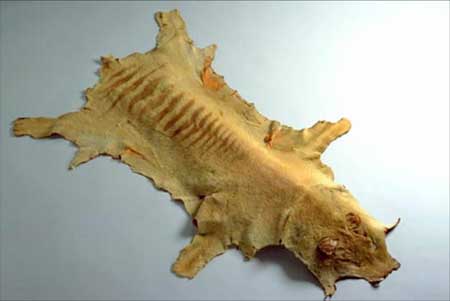
The article writer’s craft
In history, we are in the business of communicating the past, hopefully with some messages for the present and future. The primary way we do that is through the written word. For a long time, that written word of the historian appeared primarily in the form of long monographs, but article-length scholarship has boomed in the last few decades as more and more journals have become available, particularly recently with the growth of online-only journals.
I’ve quite pleased with the growth of article scholarship for several reasons:
- It presents research results in bite-size forms. To be honest, I am much more able to fit in reading (or writing) an article than a whole book.
- It presents research at my finger tips. I can just download a pdf and read it on my screen, generally with no cost because my library subscribes to the journal or with a small cost to my project if not. I don’t have to worry about ordering a book that takes weeks to get. The same applies to others who want to get at my research.
- It allows me to share research on a faster timeline. I admit that history journals are still slow about the process (I have an article in Agricultural History coming out in the Fall 2013 issue that was accepted in Oct 2012) and science journals are faster (an article I submitted to Bioscience in March will be out in the September issue), but it’s all still faster than a book. Because I have a researcher job with a short time window to complete my project (in essence 3 years), I want to produce text that can be published within the project period.
- It presents focused research. I like the article format if done right because it focuses the text on one key question and gets rid of side topics, which although interesting, are often not actually necessary to make the point.

One of the great things about working in Scandinavian academia is that articles really count for something. Even in the discipline of history, producing articles rather than books is perfectly acceptable after the dissertation (I’ll note that a dissertation rarely gets published as a book after defence here). It’s about how much text on a given project is published rather than its form. In fact, I’d say there is even a slight bias against the book form in that the credit one gets for publishing a book is not the same as 5 or 6 articles even though the length is equivalent to that.
So for this Return of Native Nordic Fauna project, I have designed the project ‘outcomes’ as articles rather than a book. My first article, the one in Bioscience, relates the new idea of de-extinction with tried-and-true reintroduction. I have committed to writing drafts of two articles this fall, one for an edited volume on animal histories about nationalism in reintroduction and the other for a collection on animal enclosures with an STS spin. And I have another piece already most of the way written on reintroduction and collective guilt.
In order to actually finish those articles, I think about the process of writing articles as a craft, rather than an art. In other words, I don’t have the time to sit around waiting for inspiration from a muse. I need to write now and the only way to do that is to think of an article as a product.
On Wednesday this week I’ll be teaching at the “Writing and Publication Workshop” during ESEH 2013. During my session, which is first on the agenda, I’ll be sharing some article writing tips with 20 younger scholars. Here’s the key things I’m going to try to get across:
- You have to decide where you are sending an article before you write it. It does no good to write up something because you think it is interesting unless you know what audience will be interested in that as well. Every story can be written in lots of different ways, so the only way to choose one is to know who will be listening to it.
- An article is not a book summary.
- A history article should have an argument. It should not just be a description of something that happened in the past. To me, failure to have an argument produces antiquarian-style writing versus history analysis.
- Make only one claim and then use evidence to prove it. If you make a bunch of different claims, it just muddies the text up and you can’t prove anything. You have to make sure that the claim is actually something that can be addressed in 6000-7000 words (or less if this is headed to a science journal).
- The flow matters. Use the first sentence method, where you read only the first sentences of each paragraph you wrote, to make sure that the ideas flow logically from one to the next. I learned that trick from Ed Russell.
Now I need to follow my own advice and get writing!



